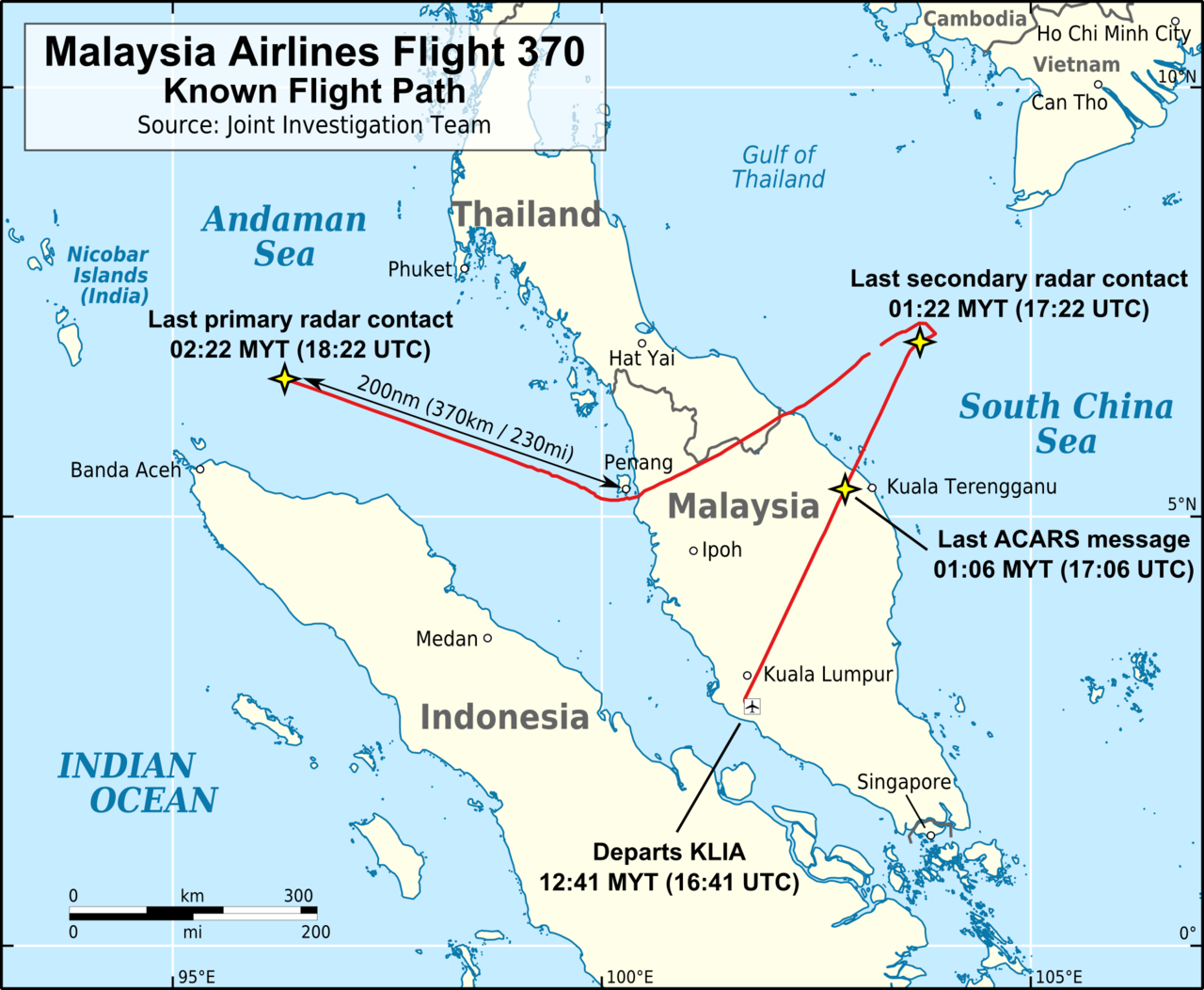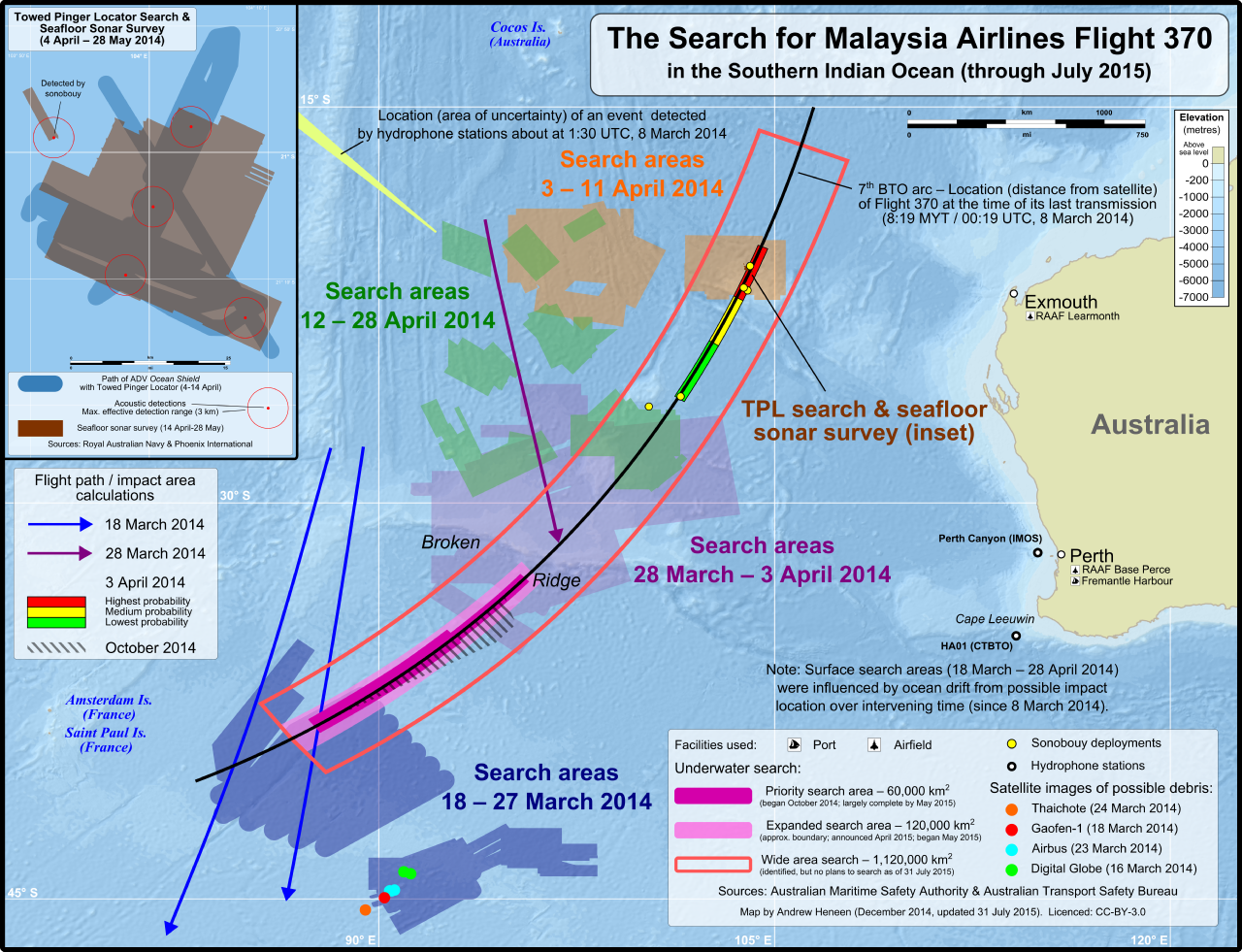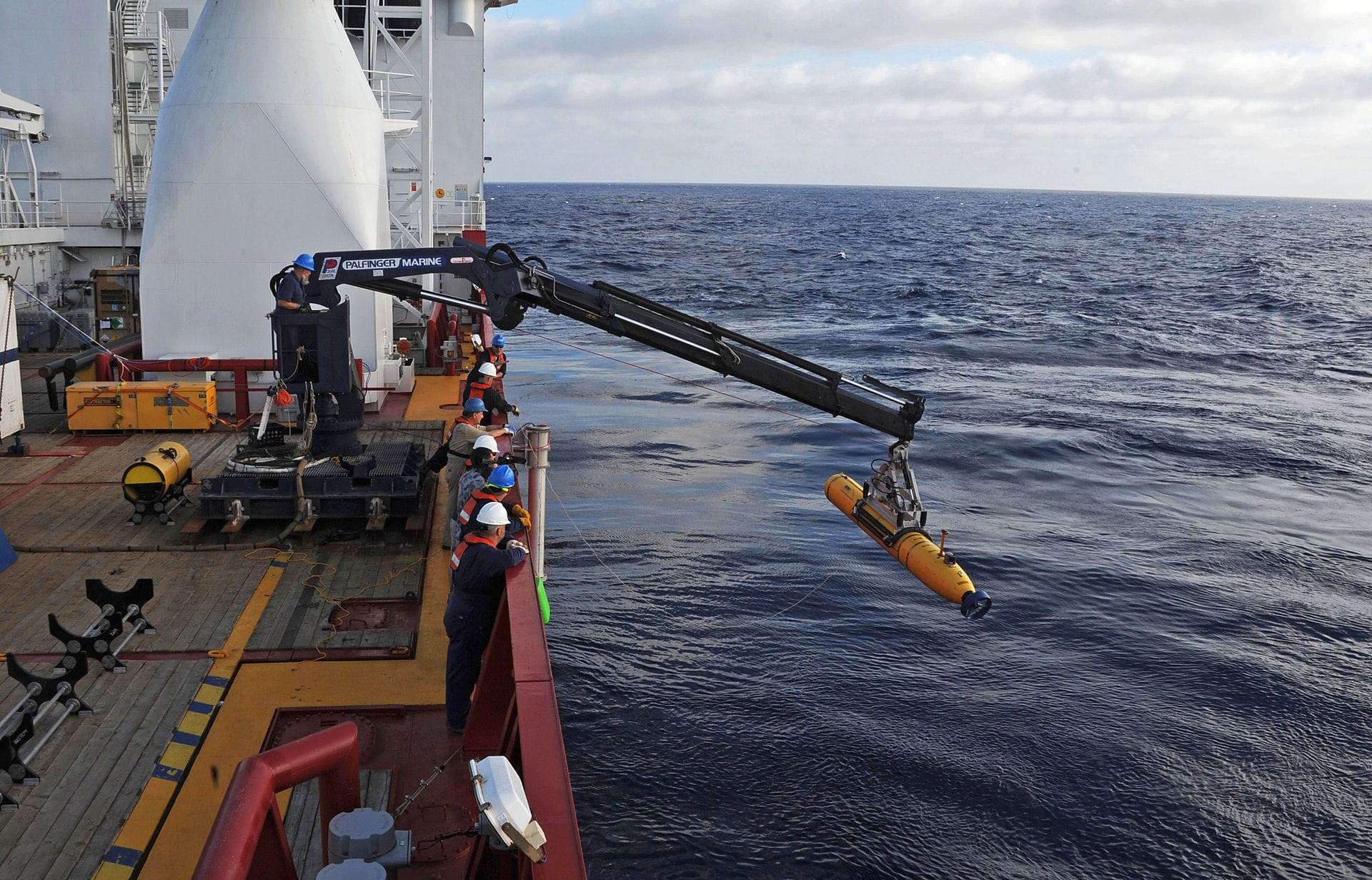Ten Years Later: MH370 - A Wound in the Fabric of Aviation

A decade has cast a long shadow since Malaysia Airlines Flight 370 vanished on March 8th, 2014. The Boeing 777, carrying 239 souls on a routine journey from Kuala Lumpur to Beijing, inexplicably disappeared from radar screens, leaving behind a gaping wound in the hearts of families and an indelible mark on aviation history. The ensuing years have been a relentless pursuit of answers, a story etched in the records of flight not for its triumph, but for its enduring, agonizing enigma.
A Flight Path That Plunged into Uncertainty

Investigators painstakingly pieced together a chilling sequence of events. Shortly after takeoff, the plane's communication systems were deliberately disabled, severing all contact with air traffic control. This deliberate act, with no precedent in commercial aviation history, sent a jolt of fear through investigators and the global community alike. But the true horror unfolded through satellite data, revealing a haunting truth: MH370 continued flying for hours on a westerly course far off its intended path. This crucial detail pointed towards a deliberate act, either by the pilot or through some unknown technical malfunction.
A Labyrinth of Unanswered Questions

Despite the painstaking efforts of a multinational team of investigators from Malaysia, China, and other nations, the exact cause of the disappearance and the final resting place of the wreckage remain agonizing unknowns. Was it a deliberate act of pilot suicide, a catastrophic mechanical failure, or something more unthinkable? The lack of definitive answers has fueled speculation, with theories ranging from hijackings to in-flight fires, none of which have been substantiated by concrete evidence. This absence of closure has inflicted a deep wound on the families of those lost, leaving them adrift in a sea of uncertainty and grief.
Searching a Vast Ocean for Answers

The vast expanse of the southern Indian Ocean, the plane's most likely resting place, presented a monumental challenge. Underwater searches, some of the most extensive ever undertaken, yielded only scattered debris - a wing flap washed ashore on an African coast, a piece of luggage surfacing thousands of miles away. These fragments were heartbreaking confirmations of the crash but offered no clues into the cause. The search was eventually called off in 2017, but the allure of solving this aviation enigma remains strong.
A Glimmer of Hope in Technological Advancements

The families of those lost on MH370 haven't given up hope. Technological advancements offer a sliver of optimism. Underwater search capabilities are constantly evolving. Improved sonar technology with greater range and accuracy, coupled with a deeper understanding of ocean currents and underwater terrain, could provide a fresh perspective on the search area. This could potentially lead to a renewed search with a more focused approach. Private companies, fueled by the promise of solving the mystery and potentially recovering valuable flight recorders, have also expressed interest in leading renewed searches.
A Legacy of Loss and the Enduring Pursuit of Closure
The 10th anniversary of MH370 serves as a stark reminder of the immense power and mystery of the ocean. It is a story of profound loss, a void left in the lives of hundreds of families across the globe. But it's also a testament to the unwavering hope that drives the search for answers, even after a decade of deafening silence. The relentless pursuit of MH370 may not only bring closure to grieving families but also yield valuable insights into aviation safety and emergency protocols, ensuring such tragedies never vanish so completely again. Perhaps, in the future, technological advancements or a chance discovery will finally pierce the veil of this enduring enigma. Until then, MH370 remains a lingering wound in the fabric of aviation, a constant reminder of the fragility of life and the enduring human quest for understanding.





